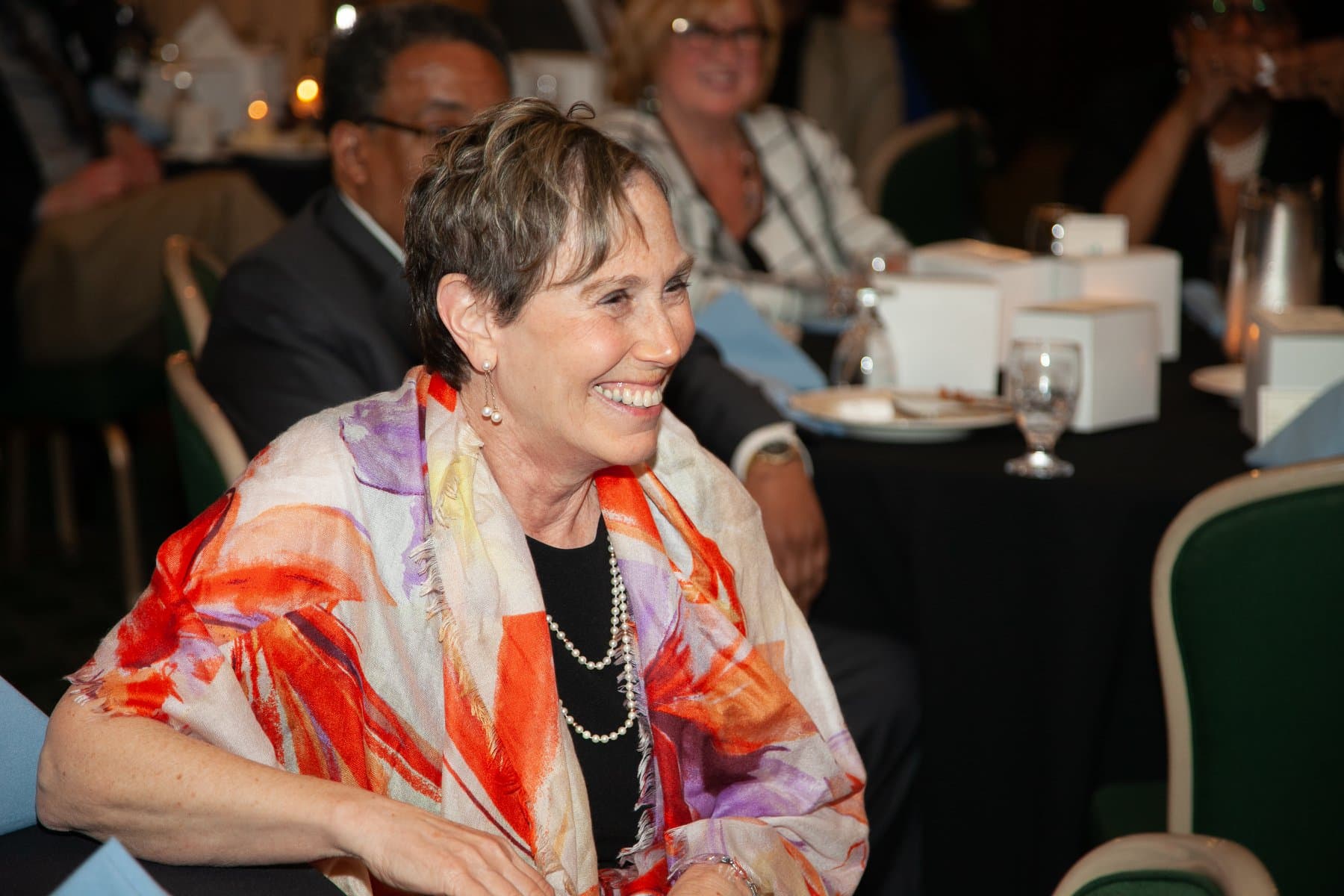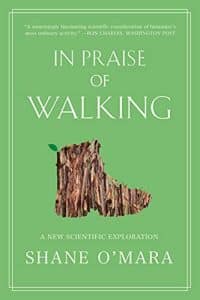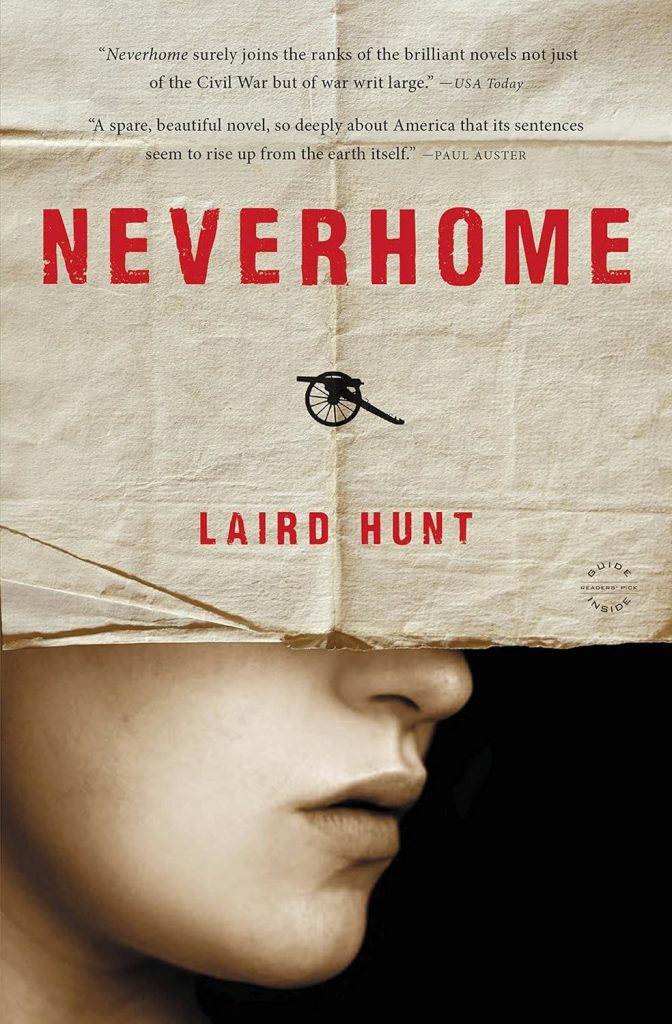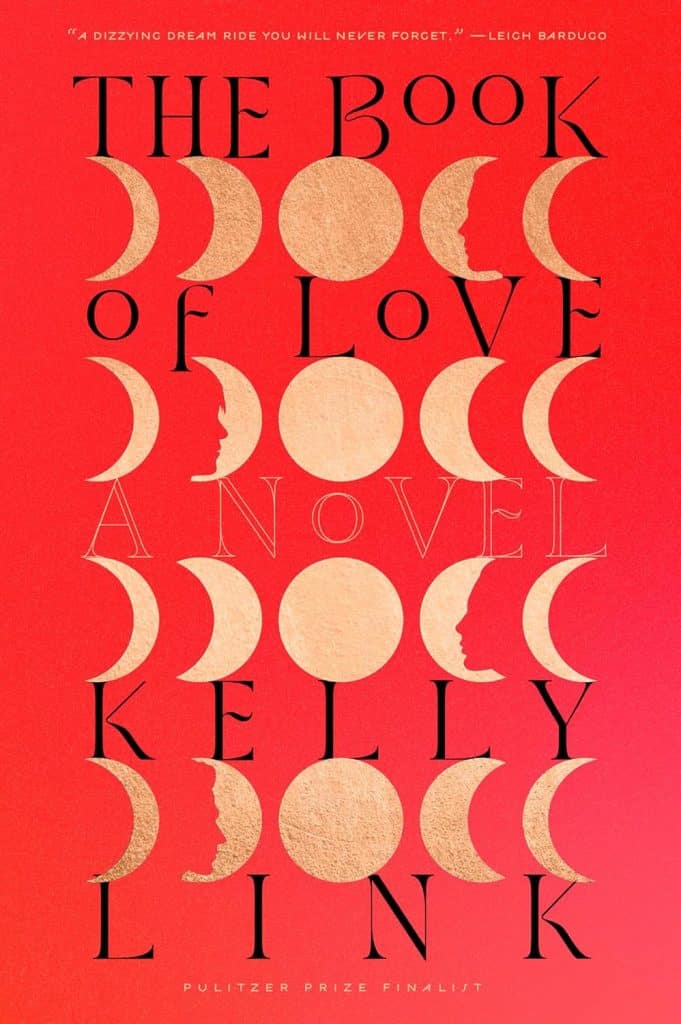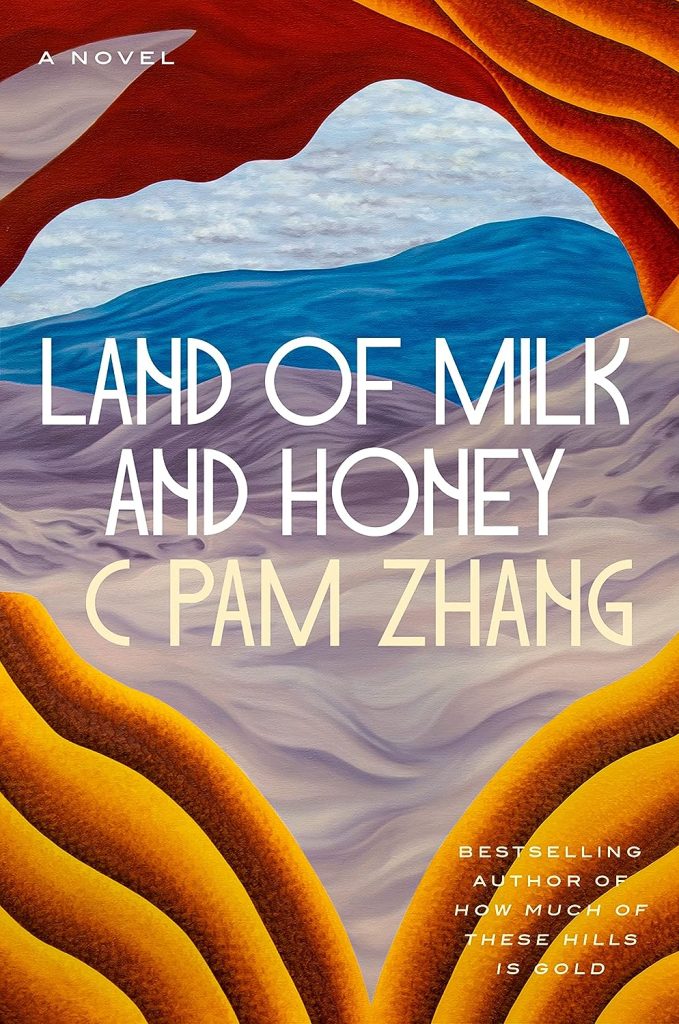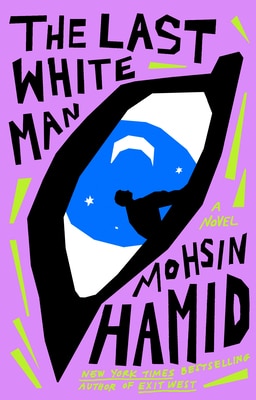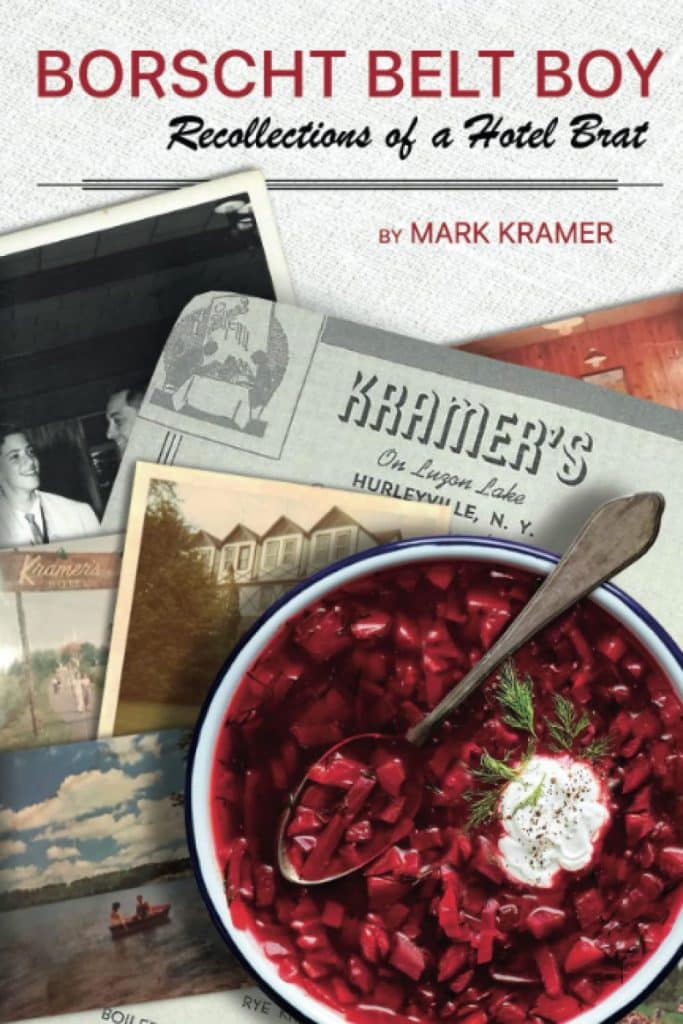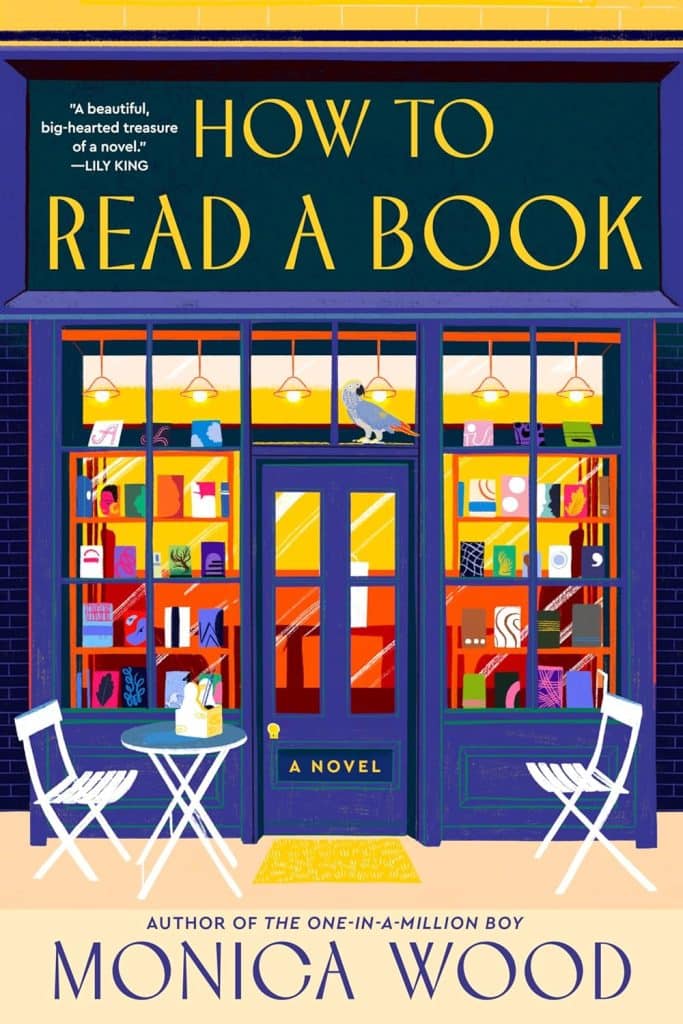Twelve Hundred Days
Estimated reading time: 8 minutes, 4 seconds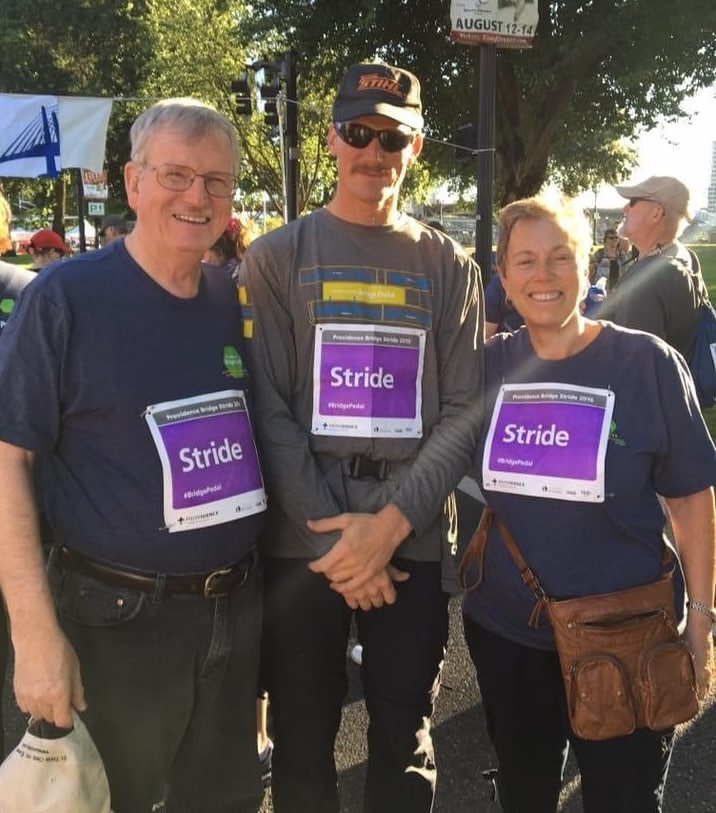
Three Years, Three Months, 12 Days That Transformed My Life
As I walked towards the intersection of Hickory and High Streets in Cranford, I saw a young boy confidently riding his bike while his mother walked alongside, holding the leash of their lively Pekingese. As usual, I waved and said, “Good morning, have a nice day.” The mother returned the gesture, and I couldn’t help but notice the young boy’s impressive biking skills. “Perhaps he’ll be competing in the Olympics in four years,” I mused out loud. He’s certainly giving it his all,” she replied before sharing that it was her son’s seventh birthday. I wish you a happy birthday and many more to come,” I said as I crossed High Street, completing the first two miles of my walk.
As I reached the halfway point towards completing my twelve-hundredth daily walk, I paused to consider my next steps, feeling the warmth of the community around me. I remembered the first time I met Jan, how she had a similar warmth, and how we used to take walks together, hand in hand, discussing our dreams.

After Jan, my wife passed away, I commenced walking as a way to cope with my grief. Over time, it became a commitment to walk every day. I’ve reached a significant milestone of 1200 days, translating to 3 years, three months, and 12 days. This milestone signifies not only the physical distance and time I’ve covered but also reflects the inner strength and resilience I’ve developed. Today also marks my 1000th day with my Apple Watch, and I’m proud to share that I have consistently met the daily goals for all three activity rings: Move, Exercise, and Stand. For me, walking means covering at least four miles, which takes over an hour and burns approximately 400 calories. I start my walk early in the morning, just as the sun rises, and I often take the same route Jan and I used to walk together. Apple Fitness says I currently walk 8.2 miles daily, exercise for 142 minutes, and burn 860 calories daily.
When I took those initial steps, my footwear was far from the reliable Brooks Ghost shoes I wear now – worn out and tattered. Throughout this journey, I have shed weight, lowered my blood pressure, and improved my mental well-being. All of these positive changes wouldn’t have been possible without the love I shared with Jan. With each stride, I pay tribute to her memory, and in return, I feel rewarded in ways that go beyond what I could have imagined. With its transformative power, love has guided my journey, uplifting me in ways I never thought possible.
Why I Walk
Recently, while walking, a neighbor asked me why I enjoyed it. I thought about making a joke that walking is in my DNA because my middle name is Walker. Instead, I told my neighbor that even though a higher power might have given me a car for transportation, I chose to use my feet. I explained that when I walk, I feel like I am stepping into the future, even when I feel like going back in time, such as the day after my wife’s funeral. Walking is a physical activity and a way to process my emotions and thoughts. It’s a time when I can be alone with my memories of Jan, and it’s also a time when I can look forward to the future. My neighbor joked that she should talk to me more often because I always have a positive attitude. As we said goodbye, I replied, “We only have one life, and walking has healed my soul.
As I walk, it helps me relax, clear my mind, and keep my body healthy. Each step takes me further into an uncertain future without Jan. While I walk, I reflect on the enduring presence of love, the continuation of life, and the simple joy of being alive, as beautifully expressed by Thich Nhat Hanh. It is remarkable enough to be alive, breathe in, and make one step.”
I’ve been reading “In Praise of Walking” by Shane O’Mara, which explores the many joys, health benefits, and intricate mechanics of walking. O’Mara emphasizes the profound significance of leaving behind our sedentary lifestyles for a brighter, more vibrant, healthier self. One especially compelling insight from this book is the transformative power of walking on our mental well-being, fostering profound introspection and directing our focus toward personal memories rather than fleeting surroundings. These newfound realizations have helped me fully appreciate Jan’s love and have led me to move forward with a renewed gratitude for her affection and a deeper understanding of the importance of embracing life and love despite adversity.
After almost 48 years, I recently lost my wife, Jan Lilien. Like The Little Prince, Jan and I believed that “The most beautiful things in the world cannot be seen or touched, they are felt with the heart.” This blog is a collection of my random thoughts on love, grief, life, and all things considered.
